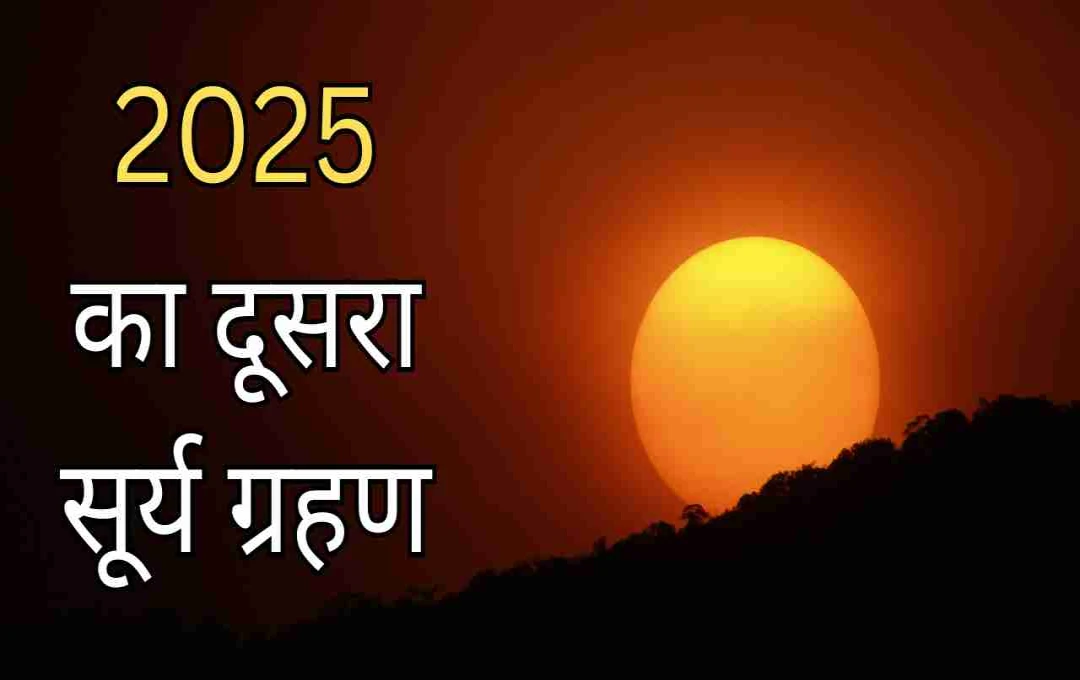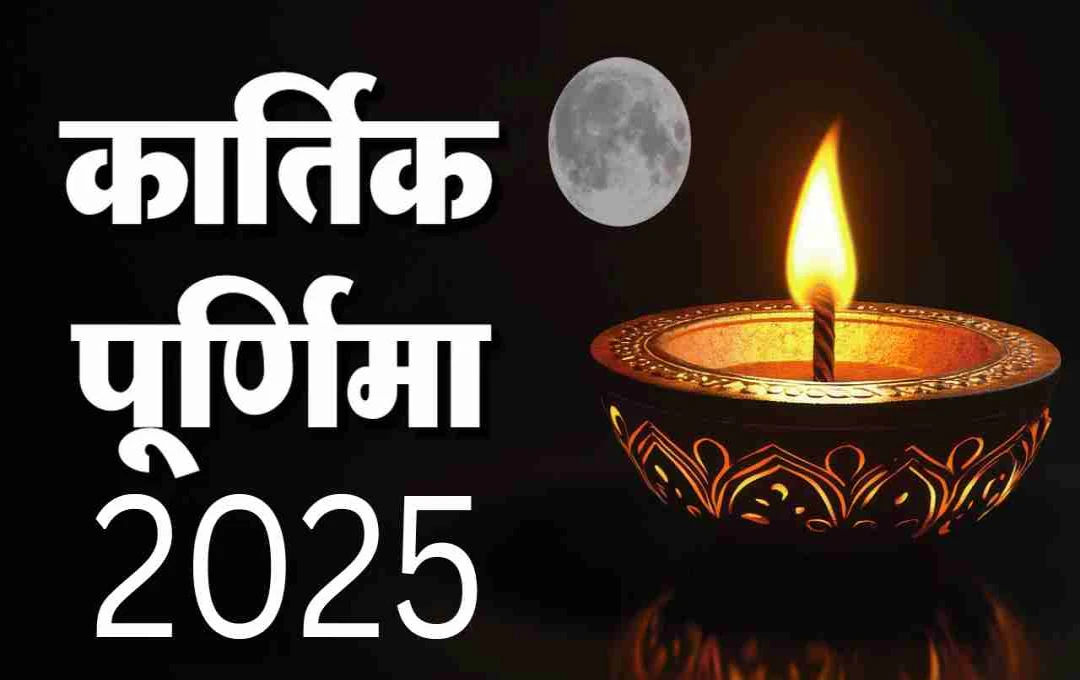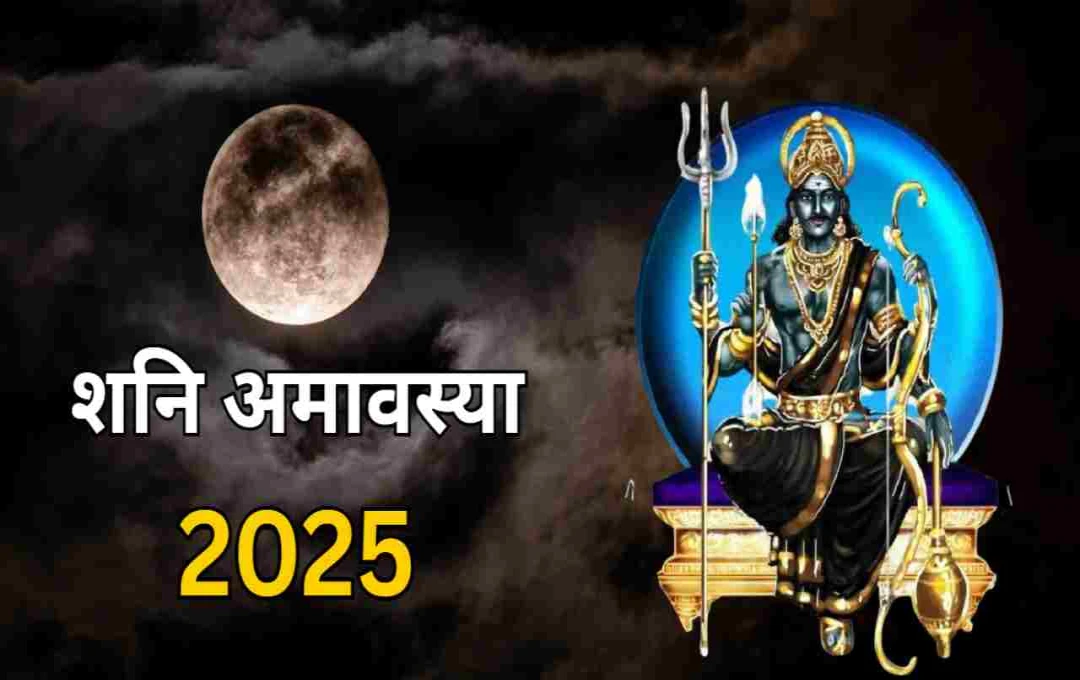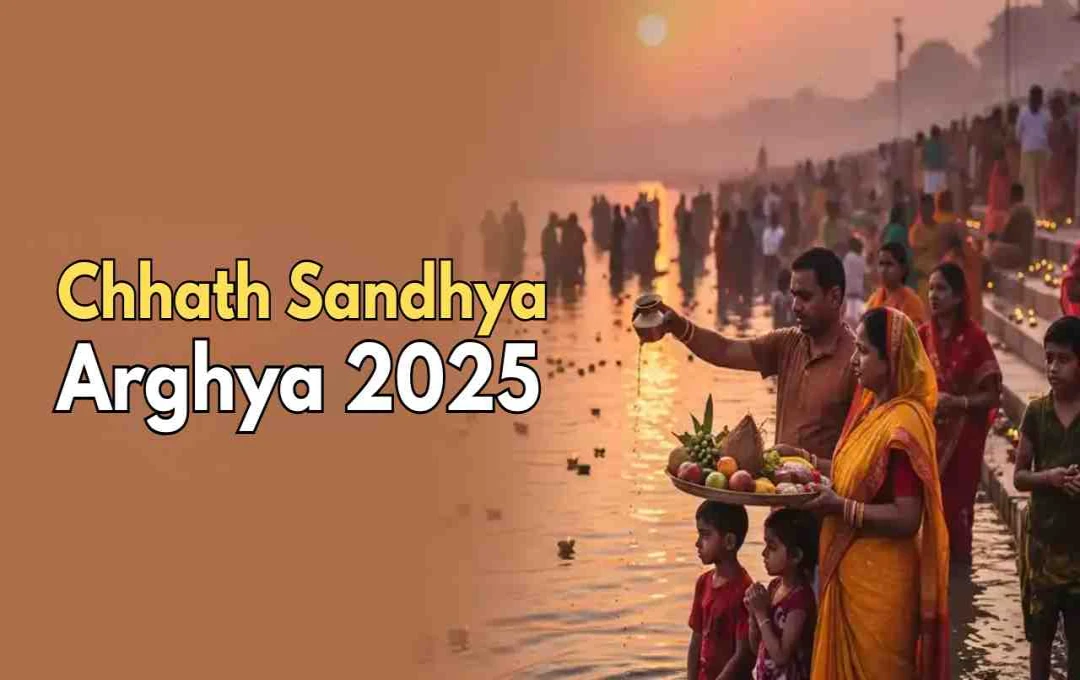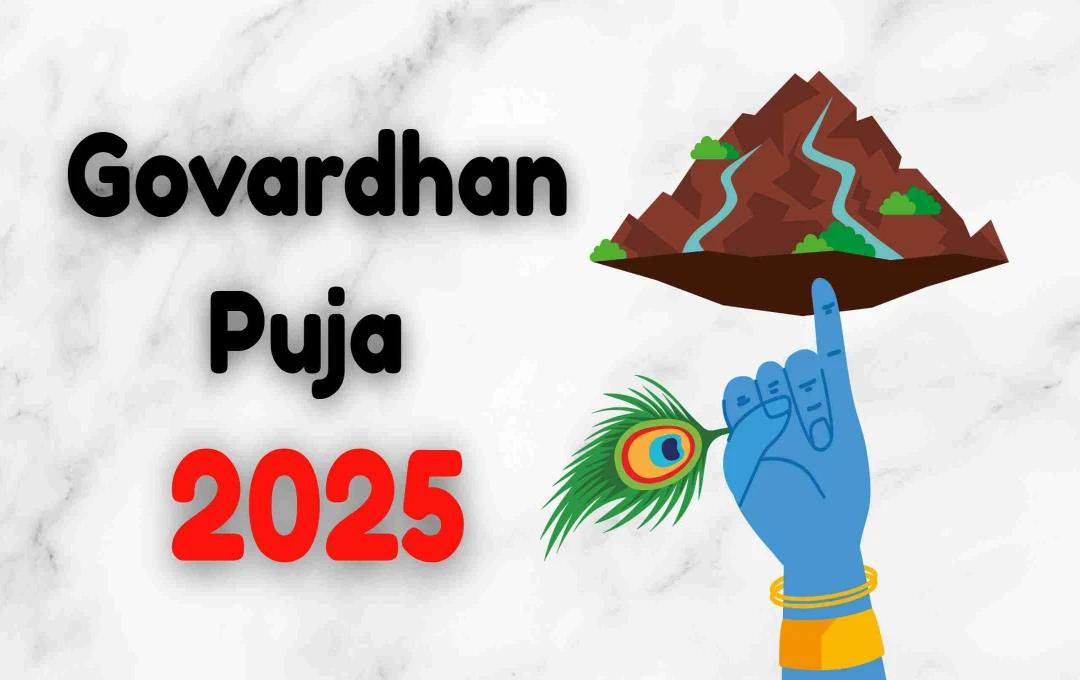In 2025, a total of four eclipses are expected, including two solar eclipses and two lunar eclipses. Among these four astronomical events, the next in line is the year's second solar eclipse, which will occur in September. This solar eclipse is significant from an astronomical perspective, but it is not considered to have an impact on India, as it will not be visible there.
How a Solar Eclipse Occurs
A solar eclipse occurs when the Moon comes between the Earth and the Sun in such a way that it blocks the Sun's light from reaching the Earth for a short period. When the Moon completely covers the Sun, it is called a total solar eclipse, and when the Moon covers only a portion of the Sun, it is called a partial solar eclipse. This event can only happen on a new moon day.
Eclipse Date and Time
The second solar eclipse of 2025 will begin on September 21st at night. According to Indian time, this eclipse will begin at 11 PM and will last until 3:24 AM the next day, September 22nd. This means the eclipse will last for a total of 4 hours and 24 minutes. However, this will be a partial solar eclipse.
This Solar Eclipse Will Not Be Visible in India
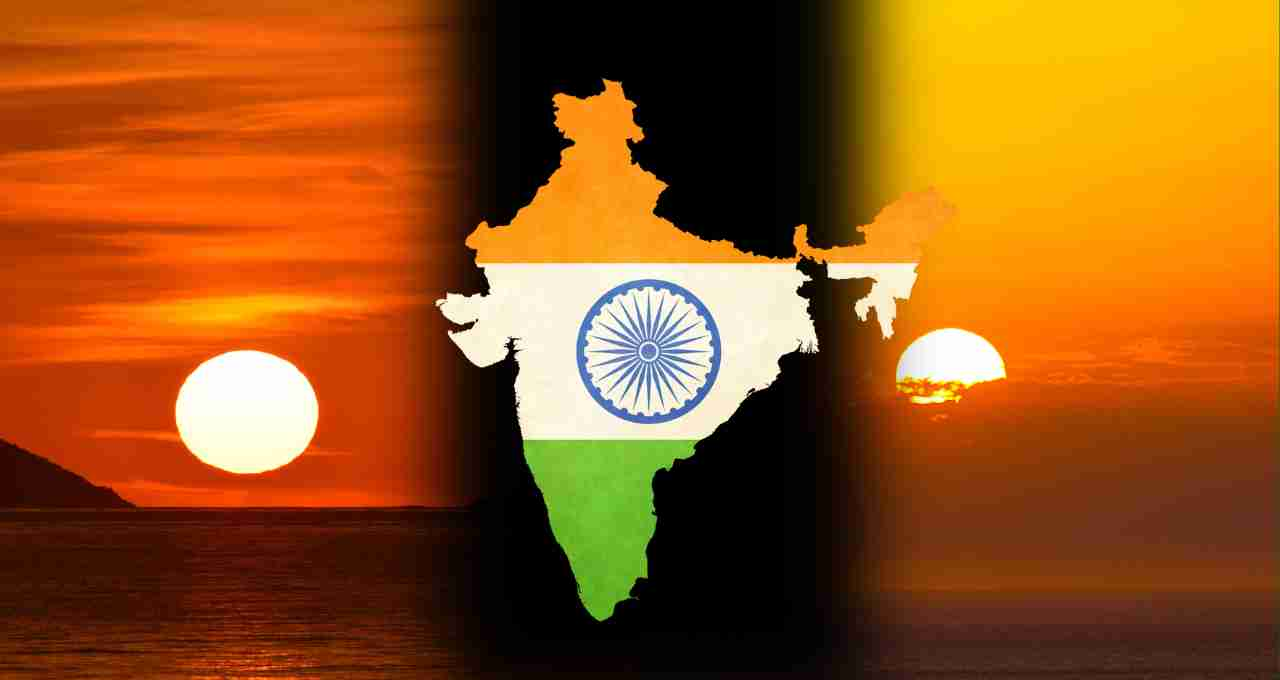
This solar eclipse will not be visible in India. This means that people in any part of the country will not be able to see this astronomical event with their own eyes. The main reason for this is that the eclipse will occur at a time when it is nighttime in India and the sun will not be visible. In addition, the eclipse's path will be such that it will only be visible in certain parts of the world.
Which Countries Will See the Solar Eclipse
This partial solar eclipse will be visible in select parts of the world. People living in New Zealand, Fiji, Antarctica, and the southern part of Australia will be able to witness this astronomical spectacle. Even among these regions, the eclipse will be clearly visible only in some areas. Where the sun is near the horizon, its glimpse will be available for a limited time only.
Sutak Period Will Not Apply in India
As this solar eclipse will not be visible in India, the Sutak period, according to religious beliefs, will also not apply here. Generally, the Sutak period begins 12 hours before a solar or lunar eclipse, during which the doors of temples are closed, worship is suspended, and special precautions are taken. But since this eclipse will not be visible in India, the temples, worship, and daily activities here will continue as normal.
Why Cautionary Advice for Pregnant Women?
Pregnant women are often advised to take special precautions during an eclipse. This belief has been going on for years, stating that the body may experience negative effects during an eclipse. Although this cannot be confirmed from a scientific point of view, people still take special precautions at this time as a tradition. However, since this eclipse will not be visible in India, no such additional precautions will be required.
Eclipses in the Eyes of Astronomers

From an astronomical point of view, a solar eclipse is a very interesting and study-worthy event. It is an opportunity for scientists to study the corona (the outer atmosphere of the Sun) that exists around the Sun. Although the scientific utility of this partial eclipse will be limited, some analysis may still be possible in the regions where it is visible.
Remaining Eclipses of 2025
There will be a total of four eclipses this year. The first of these, a total solar eclipse, occurred on March 29th and was also not visible in India. Now, this second solar eclipse will occur on September 21-22. In addition, there will be two lunar eclipses in the year. The first lunar eclipse occurred on March 14-15, and the second lunar eclipse will occur on September 7-8, which will be partial and visible in some parts of India.
Looking Ahead to Future Astronomical Events
Events like eclipses are a matter of curiosity not only for scientists or astrologers but also for the general public. People are excited to see these events and try to learn more about them. However, it should be kept in mind that looking at a solar eclipse with the naked eye without any protective equipment can be harmful to the eyes. Where this eclipse will be visible, people should take the necessary precautions.
